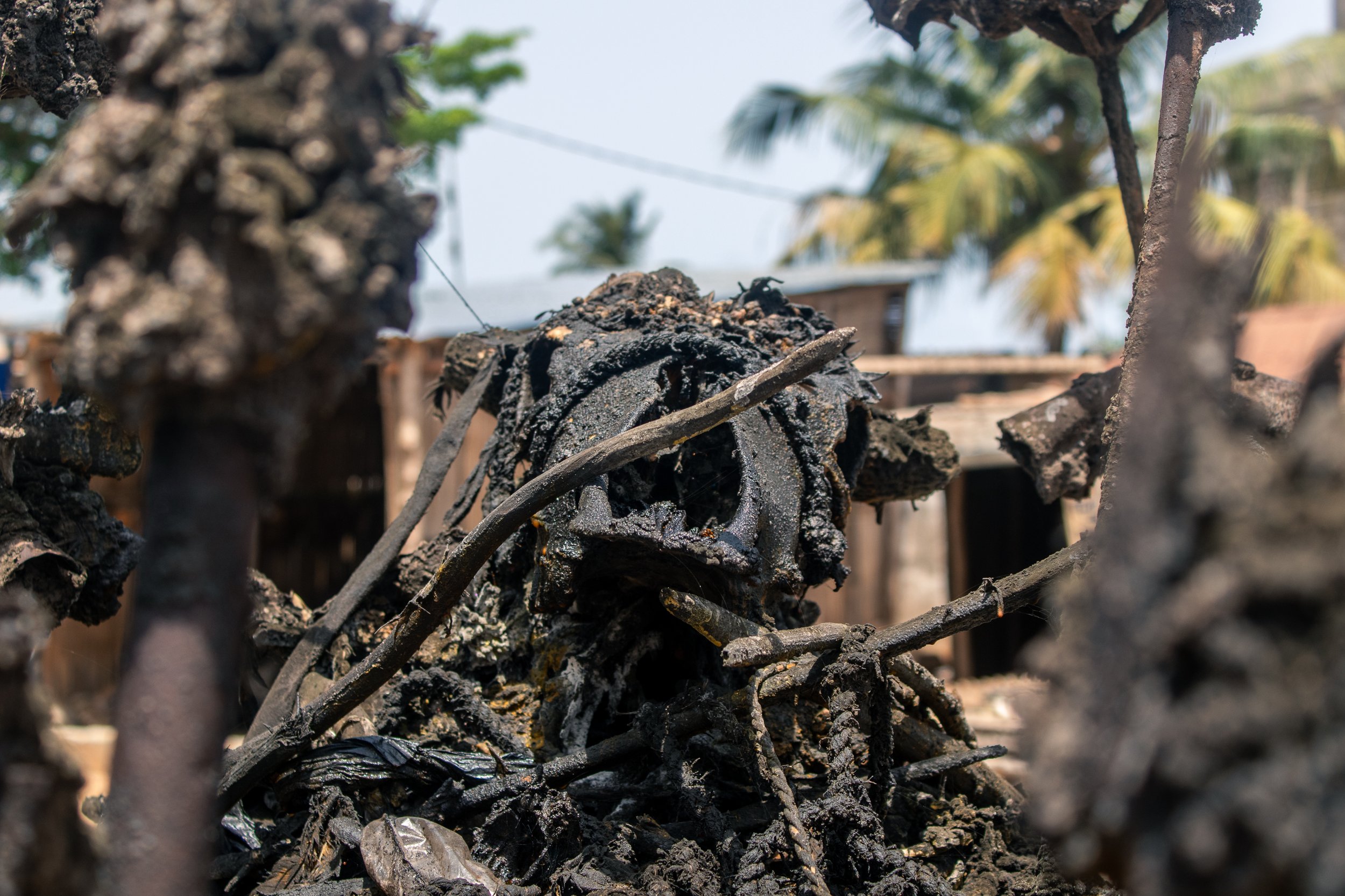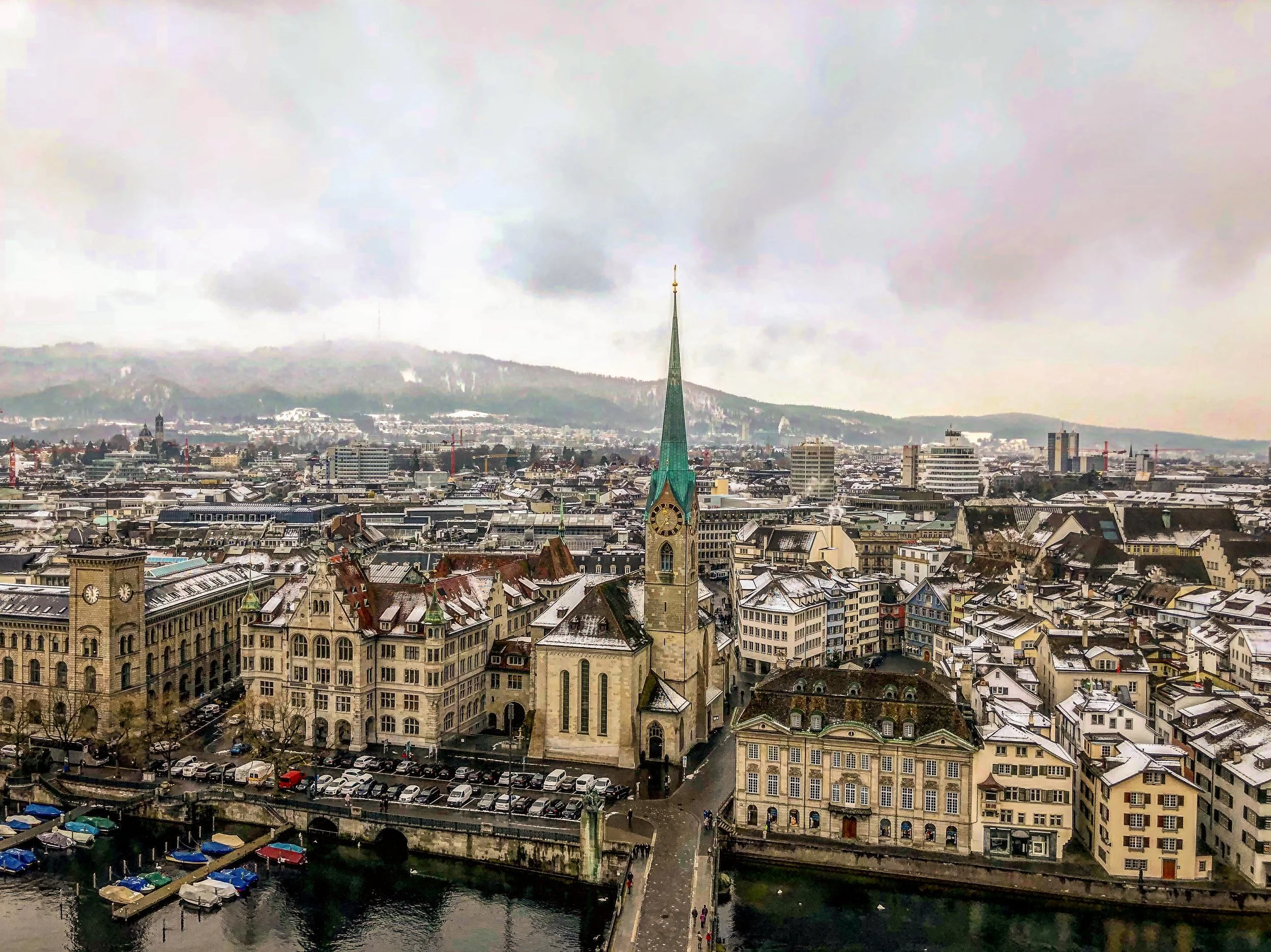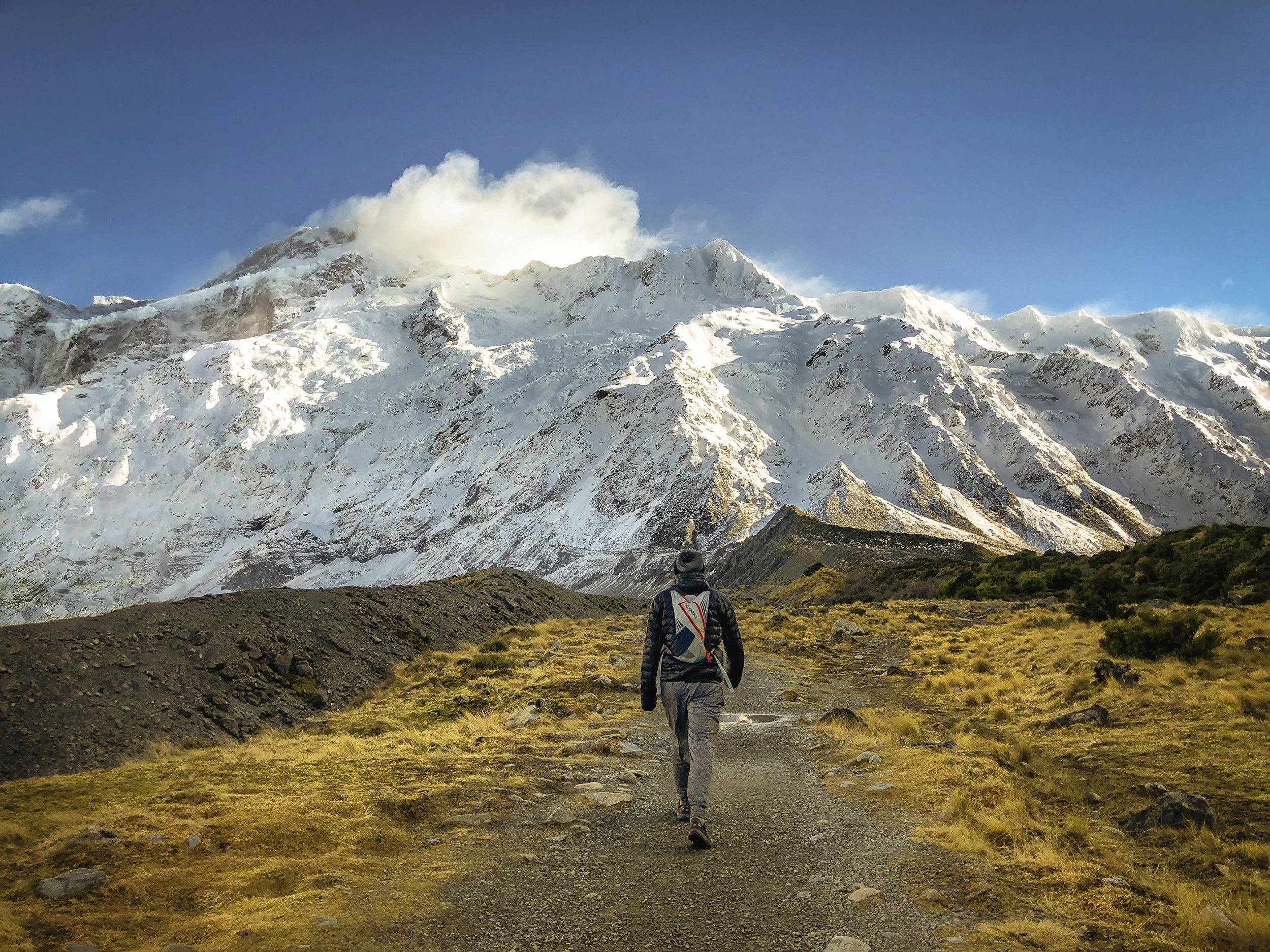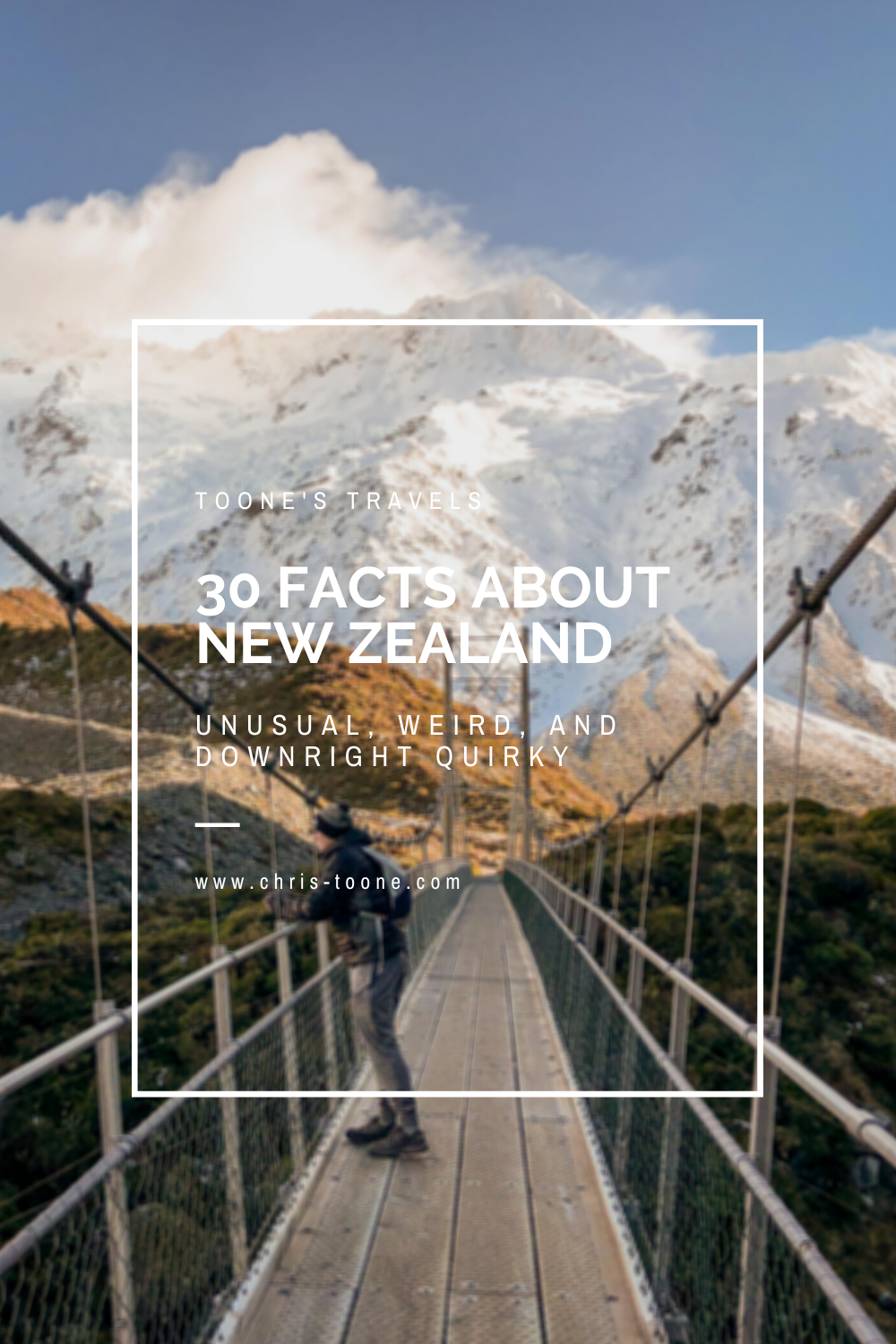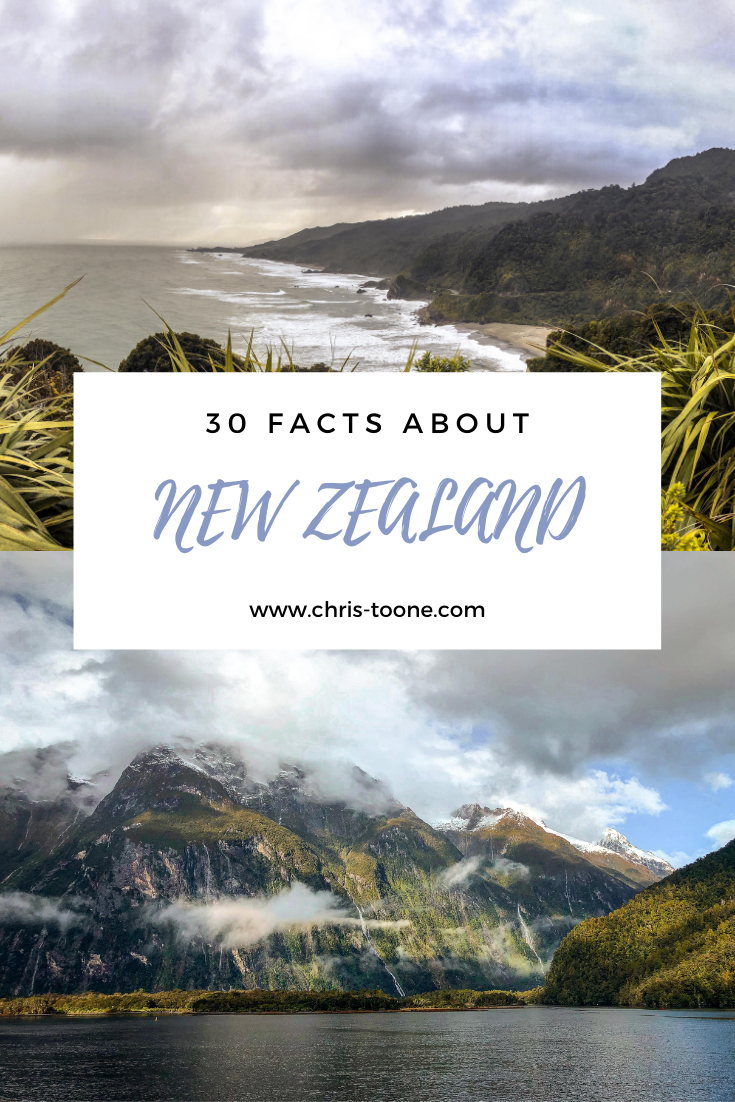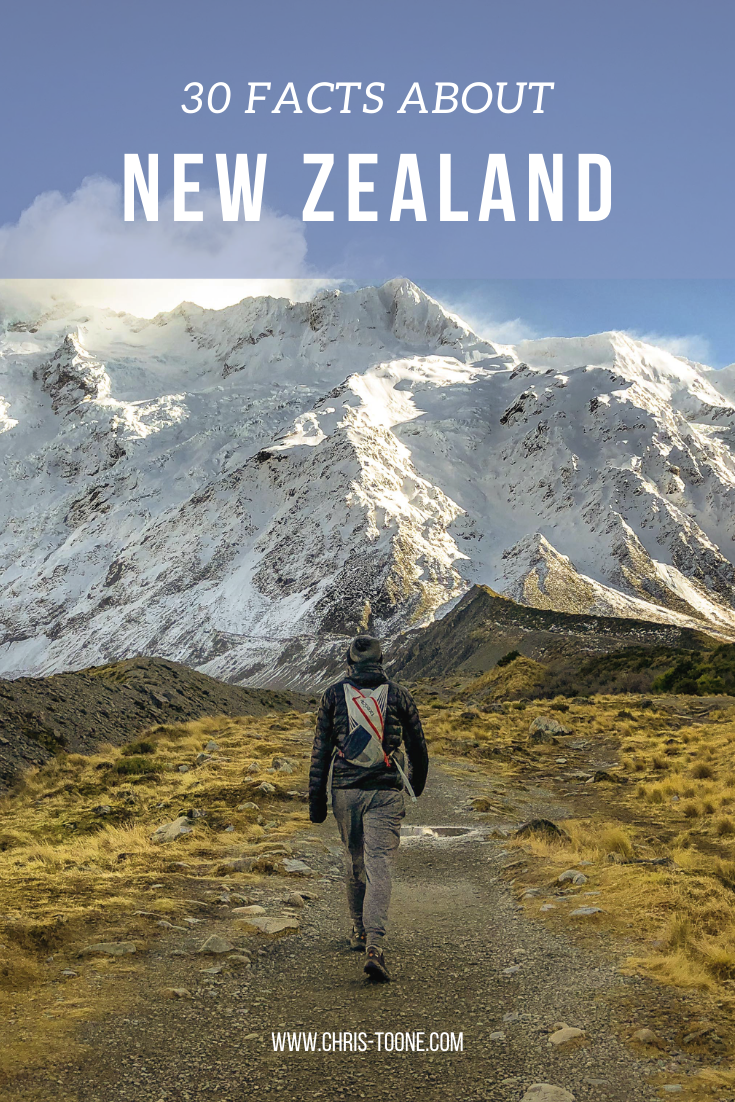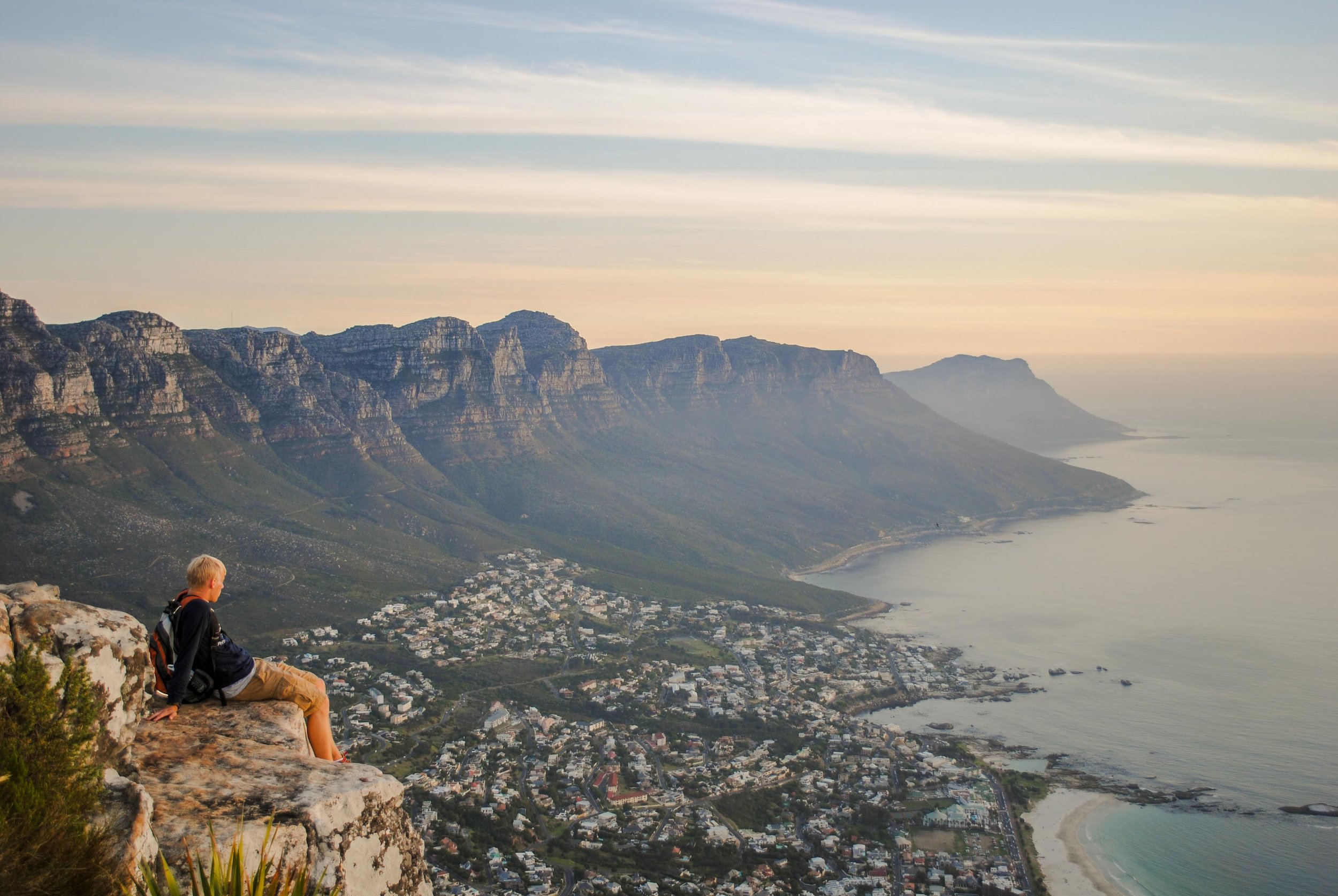A Complete Guide to Visiting the World's Largest Voodoo Market in Lomé, Togo
A world of mysticism and ancient traditions, The Marché des Féticheurs is a must-visit destination for curious travelers seeking a unique cultural experience. Known as the heart of this West African Religion, the market offers an intriguing glimpse into practices that have shaped communities for centuries…
Note: All information below is updated as of March 2025, but as countries in West Africa rapidly change, so too can provided facts and figures.
A quick search for ‘things to do in Togo’ and it becomes clear; there’s not much happening with the tourism industry beyond the Grand Market in Lomé, the lush nature of Kpalimé, and the sleepy seaside town of Aneho.
It’s no wonder that one of the main tourist sites remains the Akodessawa Market, more commonly known as the Voodoo Market.
A world of mysticism and ancient traditions, The Marché des Féticheurs is a must-visit destination for curious travelers seeking a unique cultural experience. Known as the heart of this West African Religion, the market offers an intriguing glimpse into practices that have shaped communities for centuries, including in neighboring Benin where Voodoo is the official religion.
Here’s everything you need to know to make the most of your visit.
**NOTE: Photos below include dead animals. Proceed with caution!**
A vendor at the Akodessawa Voodoo Market in Lomé, Togo sells ingredients
A BRIEF HISTORY OF THE VOODOO MARKET
Voodoo, or Vodun, originated in West Africa and has deep roots in the region's spiritual practices. A form of animalism, the religion has over 40 different gods or fetiches, and each one chooses their feticheur or fetish priest with whom they communicate.
Guides at Akodessawa Market are quick to point out that ‘Black Magic’ isn’t bad. Although it’s widely practiced and holds a negative connotation, it stems from colonialism, as European colonizers felt the need to label these Indigenous spiritual practices. The term “black” was used to symbolize something negative about the locals, leveraging the fear of the unknown to further create division amongst the population.
Opening in 1863, this hub in Akodessawa has quickly become the world’s largest Voodoo market through a sort of “farm-to-table approach”. Most fetish markets only supply ingredients, requiring buyers to commute between priest locations whereas in Lomé, fetish priests are onsite to provide immediate guidance.
Whether you're searching for remedies, seeking a talisman, or need counsel from a fetish priest, the market provides an authentic dive into Voodoo culture. The guides emphasize that only “white magic” is practiced here, so don’t worry, the only purpose is to help and heal rather than hurt.
A shrine for Vodun Gou, or the Iron God, protects the market. Goat and sheep sacrifices produce the black color from the sun-dried blood.
HOW TO GET AKODESSAWA VOODOO MARKET
The Voodoo Market is located in Akodessawa, a district of Lomé, the capital of Togo.
By Car/Taxi: From Lomé city center, it’s about a 15-minute drive to the market. Taxis are affordable and widely available.
By Moto-Taxi: For a more adventurous ride hop on a moto-taxi, the most efficient means of transport. When transiting through the busy Lomé port, my moto driver hopped onto the sidewalk and passed the stand-still traffic! Problem solved.
By Public Transport: Minibuses heading to Akodessawa can drop you off near the market.
Pro tip: Ask locals for directions or use navigation apps to avoid confusion, as the market isn’t always well-marked. Google Maps is accurate, whether using ‘Akodessawa Market’ or ‘Voodoo Market’.
ENTRANCE FEES & COSTS
There’s a small entrance fee of around 3,000 CFA francs (less than USD 5). A guide is required and although I don’t normally use one in this part of the world, it turned out to be the most important part of truly understanding what the fetish market is.
If you’re interested in purchasing souvenirs or talismans, prices can vary widely, so don’t be afraid to haggle.
Pro tip: A photography permit comes with an extra 2,000 CFA charge, a little more than USD 3 (it is said that this fee is “negotiated with the gods,” so prepare for some flexibility).
Dead animal parts for sale used to make powders and pastes by fetish priests
WHAT TO EXPECT
To sum it up… prepare for sensory overload! One of the first things people note is the putrid smell, a combination of deceased animals with the scorching sun. Truthfully, it didn’t bug me all that much, but maybe that’s due to semesters spent in cadaver labs. Either way, know the possibility is there.
Upon entry, you’ll be asked to pay the small entrance cost, be greeted by your tour guide, and slowly make your way around the market. Statues of gods are dotted around the dusty, open lot while vendors with crocodile skin, monkey heads, dead cats, and more line the perimeter.
Unique to the market environment is that it is, first and foremost, a functioning local market, but also a thriving tourist site. The people arriving on motos are in search of ingredients for powders and cures, the people shuffling in and out of the priests’ shacks are there for spiritual guidance. The Akodessawa market is a rare mix between tourism and local life.
The most touristic part of the market? The makeshift voodoo dolls that are known to Westerners as the preconceived ‘black magic’, but no one is coming here to curse others and poke them in the chest. Rather, people are in search of love healing, fertility, and even blessings for safe travel.
Keep an open mind and respect the culture—this is not just a tourist attraction but a living, spiritual space. People often travel from neighboring Benin to buy supplies and consult with priests.
Once finished exploring the grounds, the guide will usher you into a shack where you'll meet with a local fetish priest and learn about different talismans. The four presented to me were for good luck, love, safe travels, and to help with bad dreams. In classic tourism fashion, the priest then asks if you wish to purchase any (for a far-too-expensive fee). Smart move, because who wants to haggle with a priest?
Pro tip: As noted above, this is a functional local market with religious significance. Be sure to ask permission before taking photographs.
NEARBY ATTRACTIONS
Once done roaming the Voodoo Market, make the most of your trip to Togo by exploring these nearby attractions:
Lomé Grand Market: A bustling marketplace where you can find everything from colorful fabrics to fresh produce. Arguably the most photographed spot in Togo, this is where you can glimpse the Sacred Heart Cathedral amidst the bustling streets.
Independence Monument: A symbol of Togo’s independence, the monument is located in the heart of the city.
Togoville: A historic town across Lake Togo, known as the birthplace of voodoo.
International Museum of the Gulf of Guinea: An unassuming house filled with woodwork and art from around West Africa. A nominal fee is required to enter.
Aneho: Where the sea meets Lake Togo’s estuary, this sleepy beach town is the perfect escape from city life and is conveniently located on the border with Benin.
Ingredients for sale in Lomé’s Akodessawa Market, Togo
A visit to Lomé’s Voodoo Market is an unforgettable journey into the heart of West African indigenous beliefs. Whether you’re a history buff, a curious traveler, or a spiritual seeker, this market promises a fascinating and immersive experience. Would I return? Absolutely. There's still so much to unpack and learn about this misrepresented part of the world.
Would you visit the Voodoo Market? Let me know in the comments below and as always, safe travels!
Sharing is caring! Pin this post for later.
Zurich City Guide: 12 things to do in Switzerland's largest city
Whether it's 5 hours or 5 days, here are some different ways to make the most out of your time in Zurich, Switzerland. Be sure to pack an appetite!
Please note: All information below is up to date as of May 2023
Work has kept me on the move for the better part of the past four years, bouncing between towns and villages around the world every few days. My restless feet have never been known to balk at the chance to explore a new place, so I’ve grown accustomed to taking myself on whirlwind tours of wherever I might find myself.
Zurich is a place I’ve been to on a few different occasions, each lasting less than 24 hours. It’s a city full of history, beautiful architecture, and delicious cuisine, so it’s easy to find something for everyone.
Here are the 12 top things to do when visiting Switzerland’s largest city. Spoiler alert: bring your appetite.
1. LINDENHOF PARK
Located within Zurich’s Altstadt (old town), Lindenhof Park offers panoramic views over the River Limmat and sits on top of the city’s remaining Roman medieval wall. The square also happens to be the site of the Roman and Carolingian era kaiserpfalz, the emperor’s castle, in which the city was built around.
Grab a beer and a pretzel, take a seat on the wall, and enjoy the views in the evening glow. It’s a popular thing to do in Zurich for both locals and tourists alike!
Lindenhof Park - Zurich, Switzerland
2. FIFA WORLD CUP MUSEUM
What better place to learn about Europe’s most popular sport than where the headquarters of the Federation Internationale de Football Association, otherwise known as FIFA, is located?
Opened in 2016, the FIFA World Football Museum takes visitors on a journey through the sport’s history with over 1,000 exhibits, photographs, and texts. It certainly doesn’t hurt that entry is free when you use your Zurich Museum Card.
If you don’t have one, it’s no problem! A ticket will cost you CHF 24 (just over $24) and can be purchased online by clicking here. It makes for a great rainy-day activity!
Address: Seestrasse 27, 8002 Zurich, Switzerland
Hours: 10am-6pm. Closed on Mondays, so plan ahead!
Website: www.fifamuseum.com
3. RESTAURANT LE DEZALEY
Add a hearty portion of Emmenthaler cheese to a moderately aged Gruyère, melt it down, put together a plate of charcuterie, and what do you get? One heck of a meal!
Tucked away in Zurich’s old town, Le Dezaley has been serving up some of the best Swiss dishes in all of the city since opening its doors in 1903, but there’s one main reason to visit: the fondue.
Despite feeling as though you’ve uncovered a hidden gem, the consensus is that the chefs at Le Dezaley do fondue better than anyone else around, so your safest bet to ensure access is to reserve a table ahead of time which, conveniently enough, can be done online by clicking here.
Wherever you choose to go, devouring cheese fondue is a must-do during your time in Zurich! Bonus points if you can say “Swiss dish” ten times fast.
Address: Romergasse 7-9, 8001 Zurich
Hours: 11:30am - 2:00pm & 6:00pm - 12:00am, closed on Sundays
Website: www.le-dezaley.ch
4. OLD TOWN
Also known as Altstadt, this quaint and car-free part of Zurich is where history began for Switzerland’s largest city. It’s here where you’ll find some of the most important landmarks, such as the Fraumunster Church which was built in 853 by the German King Louis for his daughter, Hildegard.
The church is now home to a set of five stained glass windows from world-renowned artist Marc Chagall and serves as a popular destination for tourists.
If shopping is more your thing, make your way over to the Niederdorf District and browse the selection of eclectic boutiques.
Wandering isn’t for everyone, and that’s ok. Luckily there are free tours of the city that lead visitors around to all of the major cultural spots and are available in multiple languages. Visit Free Walk Zurich’s website for more information.
5. RIVER LIMMAT CRUISE
All you need is an hour to spare to discover Zurich from the water.
Embarking from the National Museum, the River Limmat Cruise offers a cheap way to float past famous landmarks around the city, such as the Grossmunster Church and Town Hall, as you make your way to Lake Zurich. The glass-roofed boats guarantee an incredible view regardless of your seat.
Be sure to check dates and timetables in advance as tours are only offered between April and October. The best part? prices start at CHF 6.80 (USD 7.50)!
Address: Zurich Landesmuseum Schiffsteg, 8001 Zurich, Switzerland
Timetables: Click here.
Special Note: The company’s website specifically mentions that boats are not suitable for wheelchairs.
Zurich, Switzerland as seen from the River Limmat
6. LINDT CHOCOLATE FACTORY
This is your chance to live like Willy Wonka.
The Lindt factory offers a glimpse into how different chocolates are made as well as a variety of classes so that you can learn to make your delectable dessert under the tutelage of a master chocolatier.
A new 20,000 square meter facility, The Lindt Chocolate World, will open in 2020 and serve as the chocolate lover’s version of Disney Land, containing the world’s largest Lindt store and chocolate fountain in addition to interactive exhibits and a research facility amongst other things.
Surely this will quickly rise to the top of things to do in Zurich once it opens. I’m drooling already!
Address: Seestrasse 204 , 8802 Kilchberg
Website: www.lindt.ch/en/
7. UNIVERSITY OF ZURICH BOTANICAL GARDENS
Travel around the globe without ever stepping foot outside of Zurich!
From alpine flowers to Mediterranean plants, there’s plenty to see, smell, and explore at the University of Zurich’s Botanical Gardens.
In total, the facility houses 9,000 plant species as well as 3 tropical domes. Entry is free and the greenhouses make for a great way to get your nature fix during a cloudy day! Visit during spring for the best viewing.
Address: Zolilkerstrasse 107, 8008 Zurich
Hours: 7am - 7pm during the week in the summer (8am-6pm on weekends), hours may vary during the off-season
** Tropical greenhouses are open from 9:30am - 5:00pm during summer months, hours may vary during the off-season
Website: Zurich Botanical Gardens
8. KARLSTURM TOWER
For sweeping views across the rooftops of Zurich, head over to the Karlsturm Tower and pay CHF 5 (or free for Zurich Card holders) to climb the 187 stairs to the top.
Part of the Grossmunster Church, this famous landmark is a former monastery that was built on top of the graves of the city’s patron saints, Felix and Regula.
With its rich history and panoramic views, this is a must-do activity in Zurich!
Address: Grossmunster, Grossmunster Platz, 8001 Zurich
Hours: Opens 10am, Monday-Saturday and 12:30pm on Sundays
Website: www.grossmuenster.ch
Zurich from above
9. LAKE ZURICH
The most expansive scenery around Lake Zurich can be found at the Burkliterasse, located at the end of the Bahnhofstrasse shopping street.
On a clear day, you’ll be able to see as far as the Swiss Alps!
Itching to get out on the water? This is where the Lake Zurich Navigation Company offers daily cruises that range from 1.5-4 hours in length. Spice things up and book a trip aboard the cheese fondue boat or break out the spandex and hop on the 80s party cruise!
Address: Burkliplatz, 8001 Zurich, Switzerland
Cruise Cost: Varies based on chosen package
Website: Lake Zurich Navigation Company
10. STERNEN GRILL BRATS
Locals and foreigners agree: Sternen Grill is home to Zurich’s best sausage.
Some say it’s the soft bread roll that puts it over the top while others are infatuated with the delicious spicy mustard. Either way, it’s worth the visit.
Seating is available, but my recommendation is to grab a takeaway, cross the street to the Sechselautenplatz and savor your brat while sitting lakeside beneath the shadows of the Opernhaus Zurich.
Roasted chicken is also available for purchase, so don’t worry if brats aren’t your thing.
Address: Theaterstrasse 22, 8001 Zurich, Switzerland
Hours: 10:30am - 11:45pm, daily
11. SWISS NATIONAL MUSEUM
Located along the River Limmat and mere minutes from the train station, this museum is the most frequently visited in all of Switzerland.
Exhibitions usher visitors chronologically through ancient times, Middle Ages, and into the 20th century. Entry is free with the Zurich Museum Card or CHF 10 without it.
This is also where the River Limmat cruise boats depart, so not only is it a great way to learn about Switzerland’s history but then you can get out and explore it!
Address: Museumstrasse 2, 8001 Zurich, Switzerland
Hours: 10:00am - 5:00pm, closed on Mondays
Website: www.landesmuseum.ch/en
12. CHINAGARTEN
An underrated yet great thing to visit in Zurich is the city’s Chinese Gardens, especially if you’re in search of peace and tranquility.
The garden was a gift from Zurich’s sister city, Kunming, as a way to express gratitude for the Swiss’ efforts in providing technical and scientific support towards the expansion of drinking water supplies and urban drainage.
Certainly a beautiful place with a meaningful story behind it.
Address: Bellerivestrasse 138, 8008 Zurich
Entry Fee: CHF 4
Hours: 11:00am - 7:00pm
** The garden is closed in winter months
Website: Zurich Chinagarten
Whether you have 2 hours or 2 days to wander the city, it’s worth getting out and about to experience the Swiss culture.
Snack on a pretzel, sample some chocolate, and learn about the history as you go!
Have any other recommendations for Zurich that I might have missed? Feel free to leave a comment below. I enjoy hearing from you all!
Thanks for following along with Toone’s Travels! As always, stay safe & happy travels.
Check out these tours through GetYourGuide:
Sharing is caring… pin this post for later!
Dancheong: The meaning behind South Korea's beautifully painted temples
Ever wonder why South Korea's temples are all the same colors, regardless of design and location? The answer lies within a single word: Dancheong. Here's the story of what it all means.
Ah, South Korea.
A land that seeks to balance urbanization with rich cultural traditions. A place where one can simultaneously feel overstimulated and completely at peace.
At times it felt as though I was embedded into one giant oxymoron, or maybe it’s just the one place in the world that had it “all figured out.”
Both are extreme exaggerations, but the country completely captivated me during my time there (the seemingly endless supply of dumplings and kimchee sure didn’t hurt, either).
In general, I tend to notice the subtle things when I’m in a new place and South Korea was no different. It’s these microscopic findings that keep me up at night, trying to critically think my way toward a novice interpretation of my surroundings.
As I wandered around the palaces of Seoul, I couldn’t quite pinpoint why all of the buildings were decorated with the same vibrant hues of red, blue, and green, but it gnawed away at my mind to the point of feeling compelled to write this post and share it all with you.
Yes, ok, it’s only natural to assume that there is some religious meaning tied to Buddhism, and, generically, that’s not wrong, but I’m talking more specifics.
Why are the brush strokes the way they are? Why are the colors so limited? Why so bright?
The answer lies in one word: Dancheong
THE HISTORY
Dancheong is the symbolism behind all of South Korea’s beautifully painted temples, referring to the uniform five-colored designs. The word can be translated directly as “red and green” and dates back to prehistoric times when the concept was found to be adorning the walls of tombs from the Three Kingdoms of Korea era (57 BC - 668 AD).
As time went on, dancheong spread from places of eternal rest to buildings of prominence. Not only did the vibrant design convey the importance and status of the residents, but it also served as a meaningful way to preserve and protect the wooden structure from the weather.
To this day, dancheong is limited to temples and palaces and in some cases, musical instruments.
Looking for more reading about South Korea?
THE COLORS AND SYMBOLS
All dancheong designs use the same five colors, each relating to the 5 elements theory in their own way:
blue: east, dragon, spring, and wood
red: south, birds, summer, and fire
white: west, tiger, fall, gold
black: north, hyeonmu (an imaginary animal that is part turtle and part snake), winter, and water
yellow: center, periods of time between seasons, and Earth
Together, it is believed that these colors epitomize the Korean desire for stability and peace in the present life, while working towards a rewarding afterlife.
Creating the masterpiece is just as much a work of art as the finished product itself.
Artisans must operate in unison to devise these complex and intricate designs, all while utilizing various symbols and patterns.
As one might imagine, highly specialized painters are required and each artist working on the project is responsible for one single color throughout the entire process.
Common symbols found throughout a dancheong design include:
3 circles: typically outside of large buildings and located up towards the roof, these represent heaven, earth, and the moon
Fish symbol: when located on the main Buddha table, this represents the effort and determination necessary for attaining eternal enlightenment
Swastika: Ancient buddhist symbol of peace, harmony, and good luck
Lotuses: Represents ignorance when rising from mud and enlightenment when ascending towards a clear sky
Location can also determine the color used. For example, exterior walls and pillars of buildings that receive sunlight are traditionally painted red
THE TYPES
The art of dancheong can be dissected into four main types, often identified based on location or patterns used.
Morucho: This is a pattern used on both ends of supporting beams, incorporating simple symbols such as a water lily, pomegranate, bubble, feather, or a green flower
Byeoljihwa: Traditional storytelling that is present between two morucho and consists of holy animals (such as dragons, lions, horses, or cranes) along with sagunja (specual plants such as plums, orchids, or bamboo) and scenes of the buddha sutra
Bidan munui: This pattern is full of diverse colors used to create geometric shapes
Dangdong munui: Used to describe when a single flower, animal, gemoetric shape, or pattern appears in one section
An example of morucho dancheong - a single flower is painted on the end of each beam
An example of byeoljihwa dancheong
So, there you have it. A brief story behind South Korea’s majestic and eye-catching temples, yet a much deeper understanding of ancient Korean values and beliefs. Next time you find yourself in new surroundings, or even in a place that you visit often but don’t know much about, be sure to take a step back and simply wonder. You never know what new meaning you might discover!
Thanks for stopping by and as always, stay safe & happy travels!
Sharing is caring… pin this post!
30 Facts About New Zealand: Interesting, weird, and downright quirky
Planning a trip to New Zealand? Check out this list of 30 interesting, weird, and just straight up quirky facts about the island nation. From penguins, to wizards, and even the elvish language, New Zealand has more to offer than you might think - and it already had a lot going for it! Time to book those tickets you’ve been dreaming about.
I’ve said it before, I’ll say it again: New Zealand should be at the top of every person’s bucket list. From sprawling landscapes and abundant marine life to bungee jumps and sky diving, there's something for everyone. To help inspire your next great adventure, I’ve compiled a list of 30 of the most interesting, quirky, and weird about New Zealand.
Buckle up… here we go!
1. New Zealand is home of the world’s first commercial bungee jump
Searching for an adventure? Make sure to stop by Queenstown — commonly known as the adrenaline capital of the world! Just outside the city sits AJ Hackett Bungy, named after the man who established the attraction in 1988 after being inspired by the natives of nearby Vanuatu who would take the plunge using tree vines. Are you brave enough to take a leap of faith off the Kawarau Bridge and plummet 43 meters towards the river below?
2. Plenty of space and not a lot of people
Although New Zealand is similar in size to the United Kingdom, only 4 million people call this island nation home. That’s slightly less than the estimated 66 million people inhabiting the UK…
3. New Zealand made women’s rights history in 1893
The nation became the first modern country in the world to give women the right to vote! Well done, New Zealanders!
4. Conquering Everest
Sir Edmund Hillary, the first person ever to scale Mount Everest, was from New Zealand.
5. A step ahead of the rest of the world
Well, physically speaking. New Zealand is (debatably) the first country on Earth to welcome the sun each morning. In 2011 Samoa motioned to move its position on the International Dateline to align themselves better with the workweek in Australia and New Zealand. Technically speaking, they’re the first country to welcome the new day, but due to the curvature of the planet many people are adamant that the East Cape on New Zealand’s north island is the first place to actually see the sunrise. Good enough for me!
Rise and shine, folks!
Sunrise from Round Hill Ski Fields
6. Into golf? Add New Zealand to your travel list!
Although New Zealand’s national sport is rugby, the country boasts more golf courses per capita than another place in the world.
7. No snakes
No more needs to be said, here. There are literally no snakes in New Zealand, but be sure to be on the lookout for the Giant Weta bug. This insect weighs more than a sparrow! Don’t worry, it won’t harm you.
8. The best of the mountains AND the sea
In New Zealand, you don’t have to be either a “mountain person” or a “beach person” — you can be both! You’ll never be more than 128km away from the coast, no matter where you might end up.
Kaikoura, New Zealand
9. Home of the Kakapo
This is the only flightless parrot in the world!
10. “Long white cloud”
The Maori word for New Zealand is Aotearoa, meaning long white cloud. If you look on a map, it checks out… the country is pretty long — nearly 1,000 miles to be exact.
11. Receive your weather reports in Elvish
New Zealand is known around the world as the filming location of Lord of the Rings movies and the people have truly embraced it. In 2012, the country even broadcasted a weather report in Elvish! View it here.
12. The fraudulent fruit
New Zealanders are often referred to as “Kiwis,” named after the national bird… NOT the fruit. As it turns out, kiwi fruit originates from China and was first known as “Chinese Gooseberries” before later being renamed after New Zealand’s national bird. I guess if you squint, turn off the lights, and close one eye, then the fruit (sort of) looks like the body of the bird?
13. Wellington’s claim to fame
Sitting at 41.28 degrees south and 174.7 degrees east, Wellington is the southernmost capital city in the entire world.
14. Bats are king
No, bats don’t rule over the country… there’s actually a very efficient Government that does that. However, bats are the only land mammals native to New Zealand. Every other species was introduced to the ecosystem.
15. Just how far south can you go?
New Zealand ranks 3rd in proximity to Antarctica, behind Chile and Argentina. Take a quick trip to Slope Point on the southern island and you’ll find yourself standing closer to the final frontier than to the equator.
Slope Point - South Island, New Zealand
16. Home to the world’s longest name of a place… 85 characters, to be exact
Are you ready for it? Taumatawhakatangihangakoauauotamateaturipukakapikimaungahoronukupokaiwhenuakitanatahu. Roughly translated as “the place where Tamatea, the man with the big knees, who slid, climbed, and swallowed the mountains, known as the land-eater, played his nose flute to his loved ones.”
17. Jedi religion is real
Well, sort of. According to a 2001 census, over 50,000 people listed “Jedi” as their religion. It took a bit of a hit during the following census in 2006 when only 20,000 people claimed it.
18. New Zealand is actually Australia - wait, what?
No, not really. However the Australian Constitution does list New Zealand as a state of Australia, giving Kiwis the option to join the confederation if they so choose.
19. The entire country is a hiker’s paradise
Nearly 33% of New Zealand’s stunning landscape is protected as part of the National Parks system. There are endless wonders to explore! Freedom camping comes with strict regulations though, so make sure you know before you go.
Hiking the Hooker Valley Trail in Aoraki National Park
20. Kiwis are kind and caring
The people, not the birds. New Zealand is tied with Denmark as the least corrupt country in the world.
21. Three official languages
It’s not uncommon for countries to boast more than one official language, but the unique thing about New Zealand is that they list English, Maori, and New Zealand Sign Language. Pretty cool, right?
22. New Zealand isn’t just a place for Jedis, it’s home to Wizards, too!
In 1990 the New Zealand Government actually appointed a “National Wizard” whose duties included casting out evil spirits. I’m not kidding.
23. Enjoy the holidays without toxic consumerism
The New Zealand Government has banned all television commercials during Good Friday, Easter Sunday, ANZAC Day (national day of remembrance in New Zealand and Australia), and Christmas Day.
24. The country breeds equality
New Zealand is the only country in the world to have all of the Government’s highest positions occupied by women at the same time. This occurred in 2006 when the Queen, Governor General, Prime Minister, Speaker of the House of Representatives, and Chief of Justice were all female.
25. New Zealand not only welcomes all walks of life, but all waddles of penguins, too
The island nation boasts more species of penguins than anywhere else in the world! Talk about being inclusive.
26. Ah, New Zealand, home to massive amounts of… sheep?
Although the number fluctuates, the generally accepted ratio of sheep to people is 9:1.
27. E lhowā Atua, but also please defend our dirt
New Zealand is one of the few countries in the world that sings two national anthems: E lhowā Atua in the Maori language, followed by God Defend New Zealand (English).
28. New Zealand - the land of the… Scottish
New Zealand is home to more Scottish pipe bands than… you guessed it… Scotland! Don’t forget to pack your kilt.
Mt. Cook National Park - South Island, New Zealand
29. Peace reigns supreme
In addition to being listed as the least corrupt country in the world, New Zealand topped the Global Peace Index in 2009.
30. Ever wonder where Pizza Hut acquires such massive amounts of cheese?
No, it’s not Wisconsin. It’s not even Italy. The restaurant chain purchases their mozzarella cheese from Taranaki, New Zealand! So does that mean Pizza Hut counts as “farm to table” dining there? Hmm…
Where else are you going to be able to meet Jedis that get their weather reports in Elvish? New Zealand is truly a wonder of the world and is home to some of the most generous people I’ve ever had the pleasure of meeting.
Sure, it takes a while to get there and can often be daunting, but I promise you it’s worth it. It’s time to book that trip you’ve been dreaming about!
Thanks for following along & safe travels.
This post is featured by Twinkl in their New Zealand Resources blog.
Enjoy what you read? Be sure to pin and share with others!
How I Caught The Travel Bug: and 3 reasons why I can't let it go
I vividly remember standing there on the shores of Hopfen, Germany. It was the summer between my junior and senior years of high school and I was captivated by my first taste of international exploration. I didn’t know it at the time - I don’t think I quite knew how to process it all - but that was my first experience with the travel bug…
I vividly remember standing there on the shores of Hopfen, Germany. It was the summer before my senior year of high school and I was captivated by my first taste of international exploration. Although I was there to play soccer, what I remember most are the cows grazing the fields behind our apartments, the majestic Alps rising high above the blue water of the lake, and the quaint town with its endless schnitzel. I didn’t know it at the time - I don’t think I quite knew how to process it all - but that was my first experience with the travel bug.
I should have guessed that something had shifted. Things that were once important to me stopped taking up space in my brain. Whenever my mind would drift, it would take me straight back to that scene, standing there on the shores of the lake. Suddenly the excitement, awe, and desire to see more would keep me at the edge of my seat, working my way through Google Earth, scanning it all to find the next great adventure.
Fast forward to 2009, I was a freshman at Ithaca College. At that point in my life, I had shifted back to a more rigid mindset. Work hard, get good grades, and be successful. I had no intention of studying abroad, but then everything changed.
As I walked down a narrow corridor towards the sub shop on campus, I passed a poster for Semester at Sea. I was 5ft. from where I was going and this small 8x11 piece of paper stopped me in my tracks. I took it off of the bulletin board, sat down on a nearby staircase, and started to read and re-read every single detail. I was completely and utterly entranced as the world passed me by.
The idea of an opportunity like this had utterly captivated me. Once again, everything else I had on my plate was brushed to the side so I could focus on the important thing: doing anything possible to make a semester abroad happen. I spent the entire summer working two jobs, saving as much as possible to go out and see the world.
Have you ever had an experience that's so comfortable that it’s odd? That’s what Semester at Sea was.
I’ve never been good at social situations. It gives me anxiety to even think about it; I overanalyze, overthink, and can never come up with something to contribute unless I’m addressed directly. Even then I fumble over the words.
Why did 19-year old me think it was a good idea to put myself in the middle of the unknown, surrounded by people I’ve never met? Still, to this day, I don’t know have an answer to that question. With that being said, I’m incredibly glad that I forced myself into it.
Suddenly it was the day of embarkation and as we watched Halifax silently disappear on the horizon of the Atlantic Ocean, I still had no idea what I was doing. The next 110 days were a whirlwind, but I walked away with some of the closest friends I’ll ever have, all because one thing brought us together: travel.
That’s a bond of the purest form and one that can never be broken. We’ve all gone our separate ways and haven’t traveled together since, but whenever we catch up we always reminisce about the stories that we created together, all without missing a beat.
After returning to Ithaca for the rest of my sophomore year, I started to understand that the travel bug wasn’t just a phenomenon that people mentioned in passing. It was real. This time it wasn’t going to loosen its grip and to be fair, I didn’t want to let it.
I’m not sure what the tipping point was, exactly. Maybe it was the sleeper bus in China that dropped us on the side of the highway at 2 am, or climbing Lionshead Peak in South Africa as the sun set over the ocean. It could have been the time in Ghana when our van broke down on a dirt road right in front of the only house in sight and we ended up playing with the family for what felt like hours, far longer than was needed to fix our transportation. Whatever it was, I’m grateful that it happened.
From that point on I’ve always known that deep down traveling was more than simply buying a plane ticket and snapping some pictures; I had fallen in love with it. The aerial views from a window seat, the taxi rides in the wrong direction, the regular doses of PeptoBismol; all of it.
Don’t get me wrong, I go through the rollercoaster of thinking along the lines of what some might term logical: Get a job, find a stable career, live comfortably, and be happy.
If you’re reading this and think that I need to control my desire to perpetually wander the world, you wouldn’t be the first person to tell me that and I’d be willing to bet that you won’t be the last.
To my credit, I’ve tried. The last four years have taken me around the globe to some amazing places for work, but what many don’t realize is that traveling for work and truly traveling are two very different things. It was too comfortable. I couldn’t do it anymore.
So here I sit, writing this blog and hoping that it puts me out of my comfort zone all the while maybe, just maybe, inspiring you to do the same. After all, what better way to expand your borders than by living beyond their walls?
At the end of the day, it’s simple: I can’t stop traveling, I won’t stop exploring, and here’s why:
THE CHALLENGE
Dropping myself into a country where I don’t know anyone, a place where I don’t speak a lick of the language or have the slightest idea of how to navigate the city. That’s my greatest joy.
I’m not going to lie to you: it’s difficult. Even scary at times. There are days that I don’t want to leave whatever apartment I’m temporarily calling home, because those 4 walls are the only protection I have from the unknown.
When I overcome the fear, the concept of comfort expands beyond those same walls and suddenly I’ve overcome the challenges I once faced; I’ve learned a different way of life.
THE DRAMA
There’s a reason why so many of us are addicted to reality television: the drama. But what if there was a way to experience it first hand instead of sitting on the couch?
I’m not talking about the “he said – she said” BS.
I’m talking about running through the airport as the gate to your next flight is closing and you hear your name paged throughout the terminal. Your heart starts to beat faster as you feel the endorphins releasing, your forehead starts to perspire and then you realize that it’s out of your hands. What’s the universe going to throw at you next? How are you going to deal with it?
If this sounds stressful to you, that’s because it is! It’s in those situations that you grow. You learn to cope with wherever you are, whoever you are with, and whatever is happening. A valuable skill to have in life, indeed.
When I think about drama, I can’t help but remember the time that I was sitting on a train in Morocco when it suddenly broke down. Not knowing any of the local dialect, my friends and I struggled to communicate with the woman that shared our compartment. As the train delay dragged on, the closer all of us became, eventually laughing the rest of the way to Marrakesh. A dramatic situation successfully turned into a lifelong memory!
THE PURE JOY
Yes, traveling makes you happy. That’s a well-documented fact. I’m not necessarily referring to the personal joy it brings (although it does bring plenty), but rather the joy you get to witness in every place you go.
When someone you’ve only just met on the street invites you into their home, encourages you to sit in their chair while they make themselves comfortable on the ground, and fills your stomach with a seemingly endless supply of food (all the while never asking for as much as a cent in return), it touches you. Witnessing the magnitude of joy and generosity they exude is contagious and you walk away a better person because of it.
So, let me sum it all up for you. My name is Chris and I have the best problem in the world: I love to travel.
What are some of your most memorable travel experiences? Let me know in the comments below and thanks for following along!
As always, stay safe & happy travels.
Sharing is caring… pin this post!



